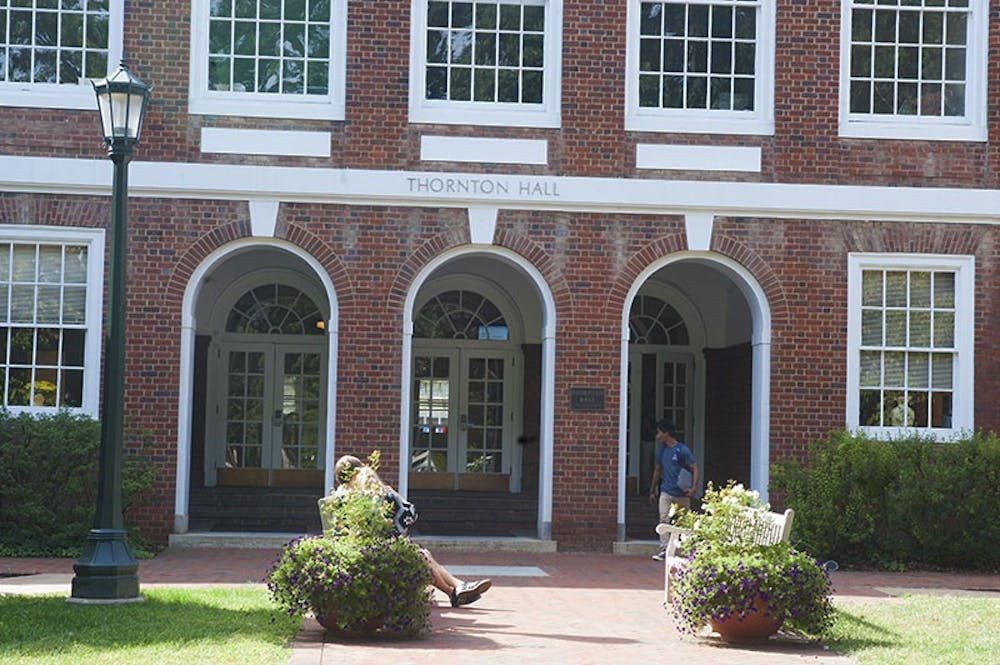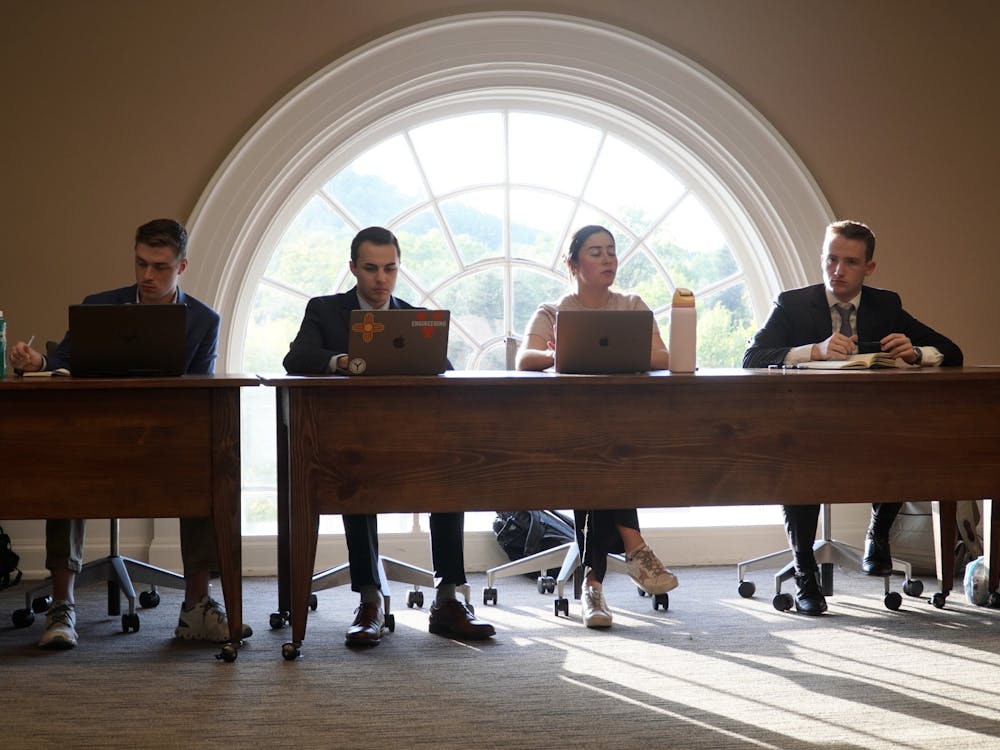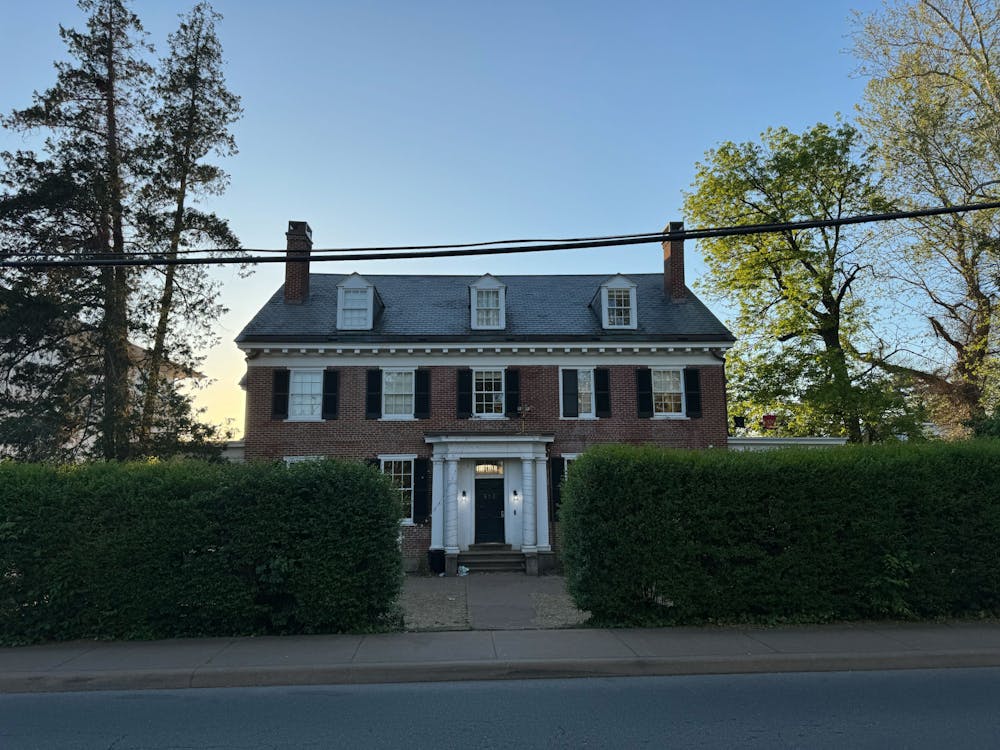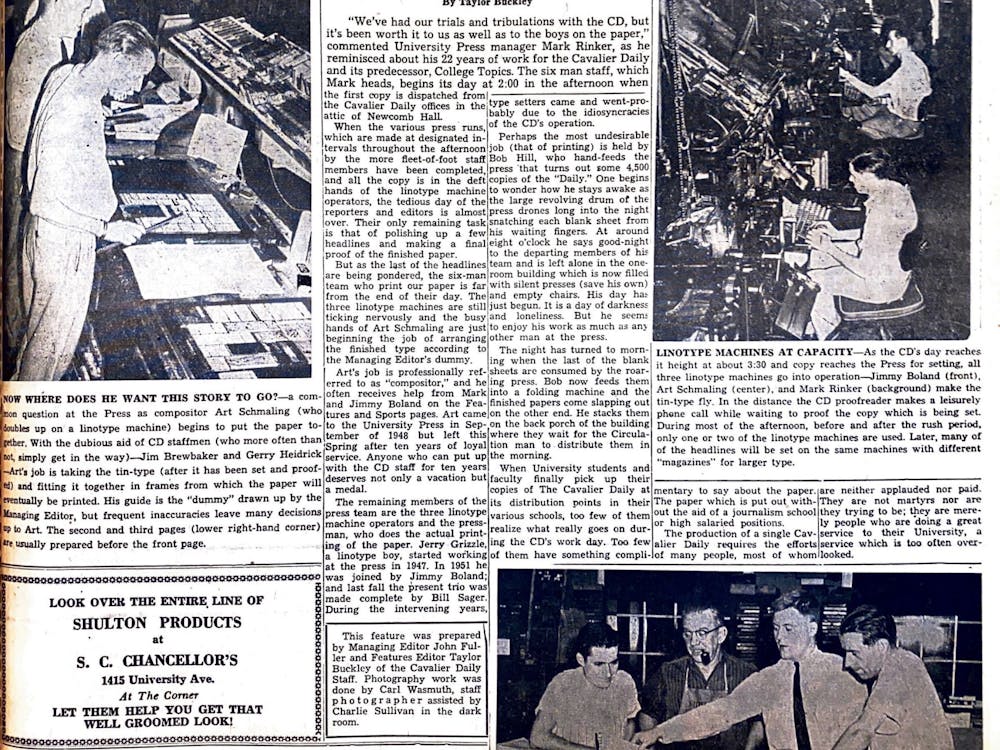A group of undergraduate University students will launch a payload program of their design aboard a NASA high-altitude balloon in order to measure cosmic radiation in the stratosphere.
The project is named JefferSat Cosmic Ray Mission, after the University’s founder. The University team was one of ten selected from schools around the country.
The students are collaborating with NASA to get radiation measurements to compare with measurement levels in their simulations, said project leader Christopher Goyne, the director of the Aerospace Research Laboratory.
The simulations are programmed to predict the radiation exposure to which individuals venturing into the upper atmosphere are subjected.
“They want to measure the levels of radiation flight attendants, pilots, and also passengers are exposed to when they are at these high altitudes,” Goyne said. “People are concerned about this radiation exposure, so they want to be able to measure and predict it.”
Pending weather, the flight is scheduled to take place this weekend, flying from an airport in Fort Sumner, New Mexico. The balloon will drift at an altitude of 120,000 feet in the stratosphere for approximately 23 miles, after which the balloon will land somewhere in the American southwest, the location of the landing depending heavily on wind.
The payload will be attached to a gondola that will hang from the 400 feet balloon, at a height which Goyne said mirrors what an astronaut would experience.
“If one is riding on the gondola at that altitude the sky is black, and if you look down the view is what an astronaut would see,” Goyne said. “If you’d look down you’d see the atmosphere and a thin blue strip on the horizon of the earth — it’s what we call ‘nearspace.’”
Students involved in the project include Patrick Van Dam, Emily Snavely and CK Venigalla, all fourth-year aerospace engineering students. Van Dam said he has appreciated the hands-on, real-world experience which working on the project has given them outside of the classroom.
“It’s been pretty great — we’ve done a lot of different things, from designing to building to fabricating and testing,” Van Dam said. “It’s all very useful, and pretty neat to see the practical applications of the theoretical work we’ve been doing.”
Snavely, who will be working to analyze and communicate the data gathered from the flight to other parties, said she was excited to see the data used by NASA in their computational model.
“We participate in cutting edge research, since NASA is still working to understand what cosmic radiation looks like at various altitudes,” Snavely said. “There is interaction with scientists in NASA and other groups conducting their own research parallel with ours.”
Venigalla, who is interested in pursuing spacecraft engineering in the future, also said it was rewarding to be able to work collaboratively on the project and on similar missions.
“Just getting familiar with the systems used in actual spacecraft has been valuable,” Venigalla said. “Overall it’s a great learning experience — that’s my biggest takeaway.”
The flight can be watched live.





